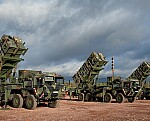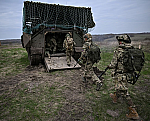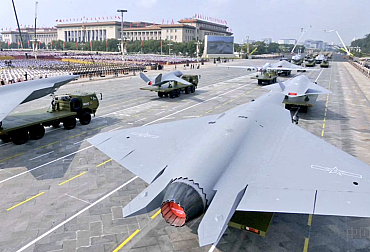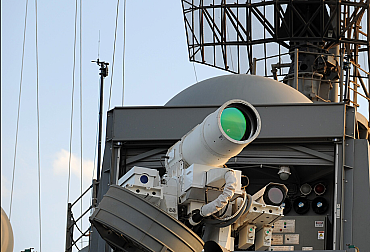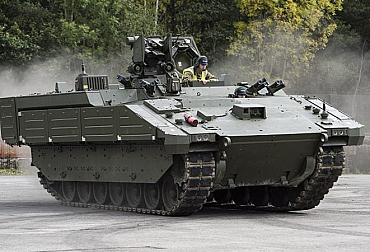Norway to increase its military spending and reach 3 % of GPD between 2024 and 2036
Russia will have recovered all the military capabilities it lost to Ukrainian forces in five to eight years, Boris Pistorius, the German Defence Minister, expects. "A Russian attack on a NATO country would be possible in the next three to five years", his Danish counterpart Troels Lund Poulsen recently worried. And there are others: "Polish army has only two or three years left to prepare," stressed formed Polish chief of staff general Andrejczak in March. Norwegian intelligence estimates that Russian forces will have regained their potential at least three years after the end of the war in Ukraine, which is rather vague.
Kurt Campbell, a senior US diplomat, refuted all these estimates: "We have seen in recent months that Russia has almost completely reconstituted itself militarily", he said on 3 April at an event organised by the Center for a New American Security. And this is thanks to China, which "has helped rebuild Russia's defence industrial base" through a significant increase in trade. Support from Iran and North Korea has also contributed.
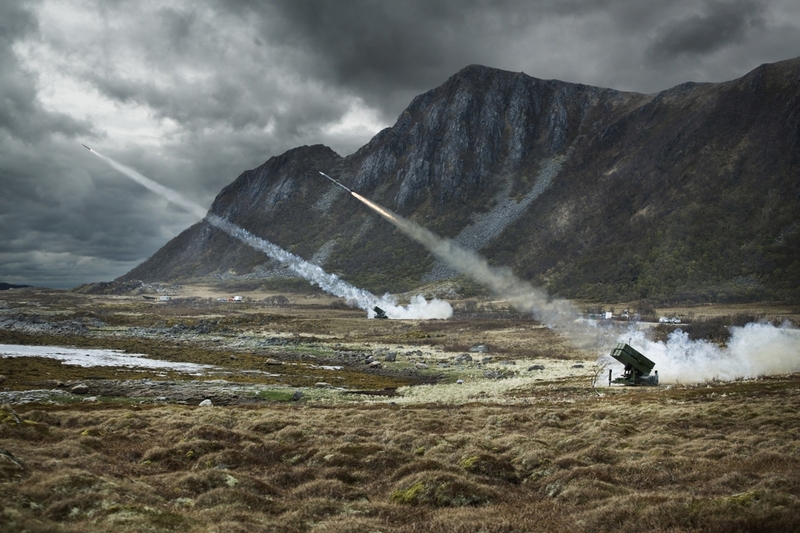
However, the Norwegian government's defence announcements on 5 April take a long-term view. With the publication of a white paper describing a "persistently deteriorating security situation" in its immediate neighbourhood, Norway will be increasing its military budget to around 3% of GDP by 2036, thanks to an additional investment of 600 billion kroner (52 billion euros) over the next twelve years. "A stronger defence here will act as a deterrent against those who would like to threaten our security and our allies", explained Jonas Gahr Støre, the Norwegian Prime Minister. "Our starting assumption is that we will be dealing with a more dangerous and unpredictable neighbour for many years to come", he added, referring to Russia, which shares land and sea borders with Norway.
The Norwegian forces currently have a budget of almost €8 billion. With the investments announced, this will rise to 14 billion euros. This 83% increase will mainly concern naval and land capabilities, although there are plans to acquire four additional NASAMS air defence systems. There are also plans to order five new frigates, at least a fifth U212CD submarine and up to 28 new ships of various types. Oslo will also need to procure specialist anti-submarine warfare helicopters as soon as possible.
Earlier this year Norway announced it was ready to support Ukraine with additional NASAMS air defence systems. "The Norwegian NASAMs system saves Ukrainian lives and prevent the destruction of buildings and infrastructure. The Russian missile and drone attacks are extensive and brutal, so air defence is absolutely decisive for Ukraine. At the same time, I am concerned that we reacquire air defences for our own defence as quickly as possible," said Norwegian Defence Minister Bjørn Arild Gram in February. This came just several weeks after the Norwegian government has ordered new NASAMS air defence systems from Kongsberg Defence & Aerospace, to strengthen the country’s defence capabilities to combat aerial threats. The contract has a value of approximately NOK 1.4 billion (approx 120 million euros), with expected deliveries in 2026-2027. "For us, it is important to support Ukraine with the necessary material, while at the same time we must ensure a well-armed Norway. This project has been completed in half the time of a normal project run thanks to good efforts from all parties, which I see as a positive development," said Gro Jære, Director of the Norwegian Defence Material Agency.
The size of the Norwegian land forces will also be significantly increased, with two additional brigades, compared with the current one, which will involve greater recourse to conscription. As a reminder, Norway has maintained compulsory military service, recently extended to women. The number of conscripts varies according to the needs of the Norwegian forces, with the result that they retain around 9,000 conscripts per year, out of the 60,000 individuals of conscription age. "Now that the Norwegian armed forces are set to expand, the government will increase the number of conscripts by 50% over the next few years. The number of personnel will increase by 4,500", announced Bjørn Arild Gram, Norway's Minister of Defence.
Among the most important Norwegian acquisitions in the field of ground forces, the Leopard tanks should be mentioned. Norway is acquiring 54 Leopard 2 tanks, with an option on a further 18, to replace its tanks of the same model but of an older type, as announced by the Norwegian government in February 2023. The order for Leopard 2A7s will replace the existing fleet of 36 ageing Leopard 2A4s, some of which were donated to Ukraine. The order, placed with the German defence company Krauss-Maffei Wegmann (KMW), is part of the NOK 19.7 billion (1.8 billion euros) budget already approved by Parliament.
Before it can see the light of day, the newest Norwegian government's bill on defense spending needs to be passed by the country's Parliament. As a centre-left party with a minority in parliament, it needs the support of other political groups. Fortunately, the country's main opposition party, the Conservatives, has already given a positive signal, saying that the White Paper is "a good basis for negotiations".
We mentioned the statement of the Polish General Andrejczak. The member states of the North Atlantic Treaty Organisation should give a mandatory three per cent of their gross domestic product to defence, the two per cent now required is not enough, Polish President Andrzej Duda said in mid-March: "I want to propose in the near future, during our visit to the White House, and I will discuss this with all our allies, including the Secretary General of the Alliance, that the NATO countries jointly decide that the requirement will be to spend not two but three per cent of GDP on defence." Poland has been steadily increasing its defence budget in recent years, with Warsaw planning to provide four per cent of GDP for defence spending this year, the most of any NATO member state. Concerning Norway, the country starts at 2 % of GDP in 2024, and the plan goes right to 3 % of GDP in 2036.



